41 the truth behind calorie labels
The Truth Behind Weight Loss Ads | Consumer Advice Here are some of the false promises you'll often see in weight loss ads: Lose weight without dieting or exercising. (You won't.) You don't have to watch what you eat to lose weight. (You do.) If you use this product, you'll lose weight permanently. (Wrong.) To lose weight, all you have to do is take this pill. (Not true.) Truth Behind Calorie Labels - Raw Food Diet Fundamentals ... Truth Behind Calorie Labels - Raw Food Diet Fundamentals. 38 views Jul 14, 2021 Calories as understood in Physics is very different from Calories in ...
In Pictures: 29 Foods With “Health Claims” That Are Deceiving ... Apr 26, 2013 · The 5 Sneaky Tactics Underlying These Labels. Underlying all these labels are a few common methods of tricking you. #1 The “too good to be true” promise. “Weight watchers soda” see #22 #2 The “calorie free” promise. If there aren’t calories, and you’re consuming something other than water, you should be worried.

The truth behind calorie labels
Food Label Lies: How to Sort Truth From Hype | HuffPost Life The term "naturally raised" is a voluntary (read: unregulated) label that means livestock have been raised without antibiotics and growth hormones and have not been fed animal by-products. The benefits: Foods labeled "natural" should not contain synthetic food dyes. Recent studies have linked synthetic food dyes with hyperactivity in ... The Truth about Serving Sizes - Women's Health Serving size: 1/2 cup (12 servings per 24-ounce box) Calories per serving: 200 "Cereal in general can be confusing because the serving sizes are based on weight, not volume, so they tend to vary a ... Truth Behind The Label - Telling the true about ingredient decks ... the label you find on the back or the side of a packaged product, finished or an ingredient has the serving size, this is very important information that you must understand, i.e. a cheese cake may have the serving size of only 150g per slice, now someone who is in a hurry may grab this cake, take a quick look at the nutritional label, see the …
The truth behind calorie labels. The Truth Behind Calorie Listings - Business Insider The actual calorie content was almost double what the label claimed: a shocking 548.4 calories. That about equates it to a McDonald's Big Mac. Casey Neistat/YouTube And finally, he put Subway to... Science Reveals Why Calorie Counts Are All Wrong 1 Sept 2013 — Almost every packaged food today features calorie counts in its label. Most of these counts are inaccurate because they are based on a system of ... The Truth Behind Calorie Labels : r/videos - Reddit The Truth Behind Calorie Labels. Food calorie counts are based on summing up the calorie values of the ingredients, which are in turn based on FDA tables of calorie values (the so-called "Atwater" tables). These tables are not simply based on bomb calorimetry; they are based on models of digestive efficiency and calorie absorption. WebMD - Better information. Better health. WebMD - Better information. Better health.
Resource Materials :: Diabetes Education Online 1200 calorie sample meal plan using exchange lists for diabetes; 1600 calorie sample meal plan using exchange lists for diabetes; Nutrition Facts; Understanding Carbohydrates. Carbohydrates; Calculating Carbohydrate By Food Weight; 3-Day Food Record; Counting Carbohydrates; 1-day sample 45g CHO per meal menu plan using carb exchange lists The Big Reveal: What's Behind Nutrition Labels? He found that carbohydrates and proteins were worth 4 Calories per gram and fats about 9 Calories per gram. This 4-9-4 system is how labels are determined ... How to Read Food Labels Without Being Tricked - Healthline Still, processed foods that are labeled low-carb are usually still processed junk foods, similar to processed low-fat foods. Made with whole grains. The product may contain very little whole ... The Truth Behind Calorie Listings - Business Insider 2 Jan 2016 — Filmmaker Casey Neistat tested the accuracy of calorie listings with the help of food scientists.
7 Popular Myths About Nutrition | Cleveland State University There are countless sources of information providing health and nutrition tips. Many online articles spread misinformation regarding nutrition which is often untrue resulting in several myths on this topic. Below we provide 7 popular myths about nutrition and the truth behind them. MYTH: Eating after a certain time causes you to gain weight. Cracking The Code: The Truth Behind Food Labels - The Daily Meal "Low-calorie": 40 calories or less per serving. "High": The item contains at least 20% of the daily recommended value for that particular nutrient. "Multigrain": Made from more than one type of grain. And with that, knowledge is power. The post Cracking The Code: The Truth Behind Food Labels originally appeared on Spoon University. How to read and understand a nutrition label - CNET Bold text on a nutrition label will give you a top-level overview of the nutritional values, and the indented text beneath that breaks it down further. So "Total Fat" in bold font includes grams of... The sneaky truth behind nutrition bars - A Healthier Michigan Men's Health suggests Larabar Cherry as a good option as the bar has just three ingredients: dates, almonds, and cherries with 190 calories, 8 grams of fat (only 0.5 grams of which is saturated fat), 4 grams of protein, 4 grams of fiber, and 21 grams of sugar. What are your favorite nutrition bars that are actually healthy? Photo credit: Greatist
Natacha Oceane on Instagram: "The truth behind calorie labels: time to ... 17,417 likes natacha.oceane Verified The truth behind calorie labels: time to talk some science and see what's really going down 🤔 ️ ⠀ ⠀⠀ Inaccurate nutrition labelling, why calories + macros don't add up, serving size games, marketing claims & more ⠀ ⠀⠀
16 Healthy Bulking Foods For Hard Gainers (With Meal Plan) Another way to determine your calorie needs while bulking is having a surplus of 10% of your standard calorie needs, as recommended by nutritionist, strength training coach and international-level powerlifter, Maggie Morgan. A realistic rate of weight gain is about 0.5-1 pound (0.25-0.5kg) per week.
The Frustrating Truth Behind 'Sell By,' 'Use By,' And 'Best By' Food Labels However, date stamps and labels, including "sell by, "use by," and "best by" dates, are not regulated by the FDA and are instead up to individual manufacturers, making these labels hard to understand.
The Truth Behind Calorie Labels - YouTube An OpDoc for the New York Times. Original posting and statement here; Thank You to Dr. Rising, Ping and Dr. Pi-Sunyer as well a...
Truth Behind Food Labels for Weight Loss - Dailymotion ♥ What happens when you strip off all the fancy food labels and make your decisions just based on the taste? Watch this video!\\r♥ We are easily fooled and confused by what the food industry wants us to believe - low fat, fat free, no added sugar, gluten-free, low calorie etc. Are these labels what they claimed to be?\\r♥ LIKE, SHARE this video & SUBSCRIBE Support me in ...
The Truth About NET Carbohydrates | DrJohnRusin.com First, while IMO is technically a low glycemic carbohydrate, it's hardly considered the lowest of the low. The glycemic index ranks foods based off of their affect on blood glucose levels. Studies have shown that IMO is a 34.66+/-7.65 on the glycemic index (1). This would be equivalent to barley or grapefruit (26 GI) or apple juice (41 GI).
The Truth About Zero-Calorie Drinks and Foods - Yahoo! Skip these calorie-free sauces for a real food version, but read labels, or you'll be dousing your food with a sneaky source of sugar. Total Zero #3: Diet Soda
The Truth About Food Labels - ABC News A University of Minnesota study showed that 91 percent of shoppers often bypass the calorie count before buying an item. That's bad: If each meal exceeds your energy needs by just 170 calories, you can gain a pound a week. Fat Plenty of men still assume that if a food is low in fat, it's good for them and vice versa. Far from it, says Dr. Katz.
20 Nutrition Facts That Should Be Common Sense (But Aren't) Jan 18, 2019 · The truth is that health goes way beyond that. Many obese people are metabolically healthy, while many normal-weight people have the same metabolic problems associated with obesity ( 22 , 23 ).
The truth behind nutrition labels | Mint The truth behind nutrition labels. ... list of ingredients present and nutrition information—including total calories (energy value) as well as amounts of protein, carbohydrate, fat, sodium ...
The Truth Behind Weight Loss Ads | Federal Trade Commission Tags: Advertising and Marketing, Health Claims Health Care, Over-the-Counter Drugs and Devices Consumer Protection. Trying to lose weight? Watch this video to learn the truth behind weight loss product ads. Promises like "lose weight without diet or exercise" or the "product works for everyone!" are false.
Lying Labels: Exposing the Truth on Calorie Counts The rounding we see on nutrition labels is actually a little non-intuitive and are rounding differently depending on whether is it greater than or less than 50 calories. If it is 50 calories or less labels round to nearest 5-calorie increment (example: round 47 calories to 45 calories). If it is above 50 calories labels round to nearest 10 ...
Module 3 The Truth Behind the Label;Eat Like an Athlete - Quizlet 40 calories or fewer per serving According to FDA regulations, if a product claims to be "low fat," it means that each serving must contain 3g or fewer of total fat According to FDA regulations, if a product claims to have "no added sugar," it means that it must contain no sugar added during the processing or packaging of ingredients
How to Decode a Nutrition Label - Healthline knowing that your calorie needs may differ from the 2,000 calories-per-day baseline on labels. realizing that the nutrient values on labels are listed per serving size — and keeping track of how ...
The Truth Behind These 7 Common Food Labels, And Why You Should Know ... Minimally processed usually involves washing, aging, drying, freezing, canning, pasteurizing, or cooking the food; but actual processing changes foods — by adding fat and sugar calories, salt, colors, flavors, and various other substances to make the food taste better while reducing nutritional value.
The Truth Behind the Misleading Labels on Food Packaging This means the product has 50% less fat than its original product and/or the calories have been reduced by at least 33%. Be wary of the claim of "light" correlating to lighter color or flavor, though. Light olive oil and light brown sugar both indicate a less intense flavor and lighter colors respectively, not lighter in calories or fat content.
Are Calorie Counts Accurate? 5 Things to Know - Verywell Fit 11 Aug 2021 — Inaccurate Nutrition Labels ... “The calories in a packaged food product can differ from what is stated on the Nutrition Facts label and you may ...
The Truth Behind Food Labels and Food Health Claims In "trans-fat-free" products, manufacturers can label their goods as having no trans fat as long as it contains less than 0.5g per 100g. If you spot partially hydrogenated oil or shortening in the ingredients list, it is nearly always an indication of the presence of trans fat, which is harmful to your heart.
The Surprising Truth Behind These 22 'Healthyish' Food Claims Meat from cows that are grass-fed are naturally leaner (less fat per gram), have fewer calories than conventional meat, contain higher levels of heart-healthy omega-3 fatty acids and two to five times more conjugated linoleic acid (a type of fatty acid linked to a variety of health benefits).One thing to be aware of: the label grass-fed doesn't necessarily mean the cow spent its entire life ...
The Truth Behind Those Misleading Food Labels - LIWLI The Truth Behind Those Misleading Food Labels - LIWLI EAST MEADOW 516.333.5555 AMITYVILLE 631.366.2333 SMITHTOWN 631.366.2333 PORT JEFF STATION 631.509.3516 The Truth Behind Those Misleading Food Labels Making healthy choices at the supermarket is not always easy.
Exam: 03.03 The Truth Behind the Label Flashcards | Quizlet Exam: 03.03 The Truth Behind the Label 4.7 (15 reviews) Term 1 / 7 The number of calories in a gram of fat is A. half the number of calories in a gram of protein B. equal to the number of calories in a gram of carbohydrate C. more than double the number of calories in a gram of carbohydrates
Are the Calorie Counts on Food Labels Accurate? 28 Dec 2019 — A 2013 study on the food label accuracy of snack foods found that their average caloric content was more than 4 percent higher than the calories ...
Truth Behind Food Labels for Weight Loss | Low Fat, Gluten-Free, 100% ... ♥ What happens when you strip off all the "fancy" food labels and make your decisions just based on the taste? Watch this video!♥ We are easily "fooled" and ...
Truth Behind The Label - Telling the true about ingredient decks ... the label you find on the back or the side of a packaged product, finished or an ingredient has the serving size, this is very important information that you must understand, i.e. a cheese cake may have the serving size of only 150g per slice, now someone who is in a hurry may grab this cake, take a quick look at the nutritional label, see the …
The Truth about Serving Sizes - Women's Health Serving size: 1/2 cup (12 servings per 24-ounce box) Calories per serving: 200 "Cereal in general can be confusing because the serving sizes are based on weight, not volume, so they tend to vary a ...
Food Label Lies: How to Sort Truth From Hype | HuffPost Life The term "naturally raised" is a voluntary (read: unregulated) label that means livestock have been raised without antibiotics and growth hormones and have not been fed animal by-products. The benefits: Foods labeled "natural" should not contain synthetic food dyes. Recent studies have linked synthetic food dyes with hyperactivity in ...

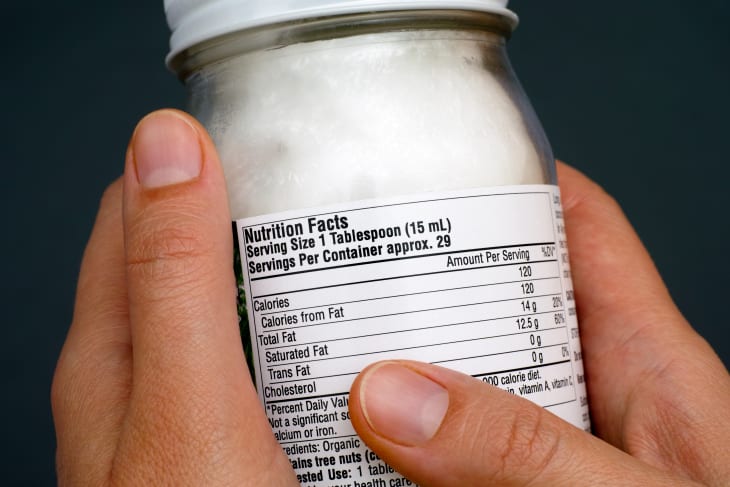


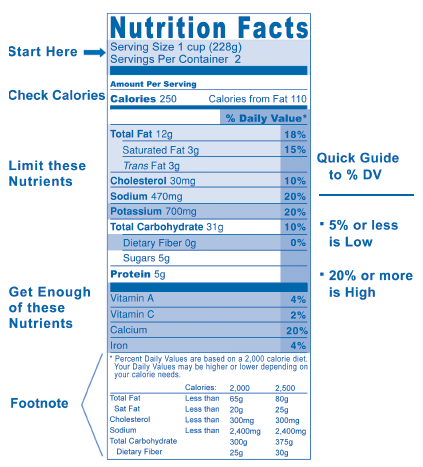



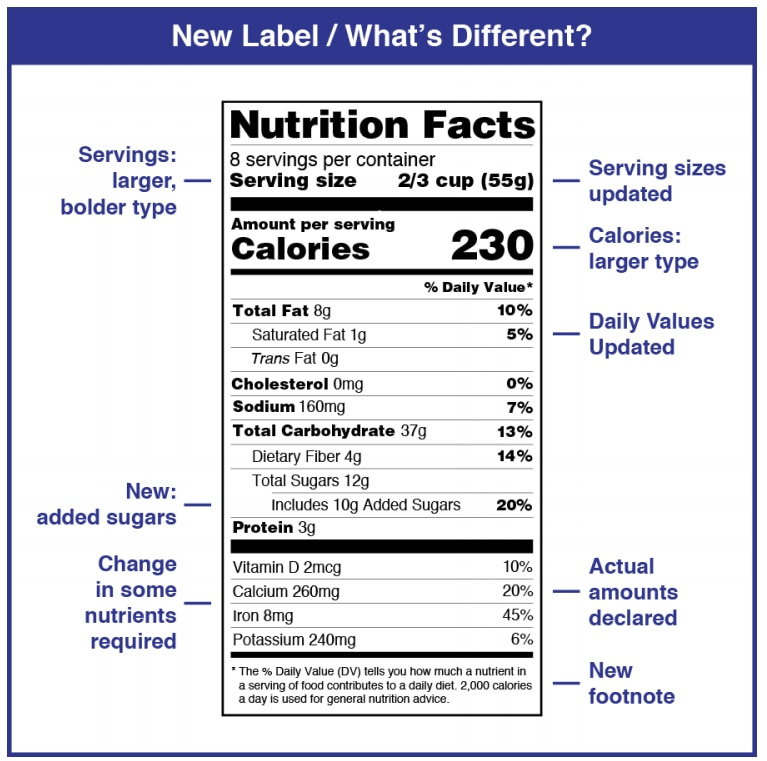
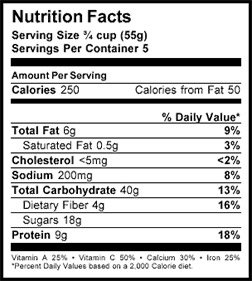


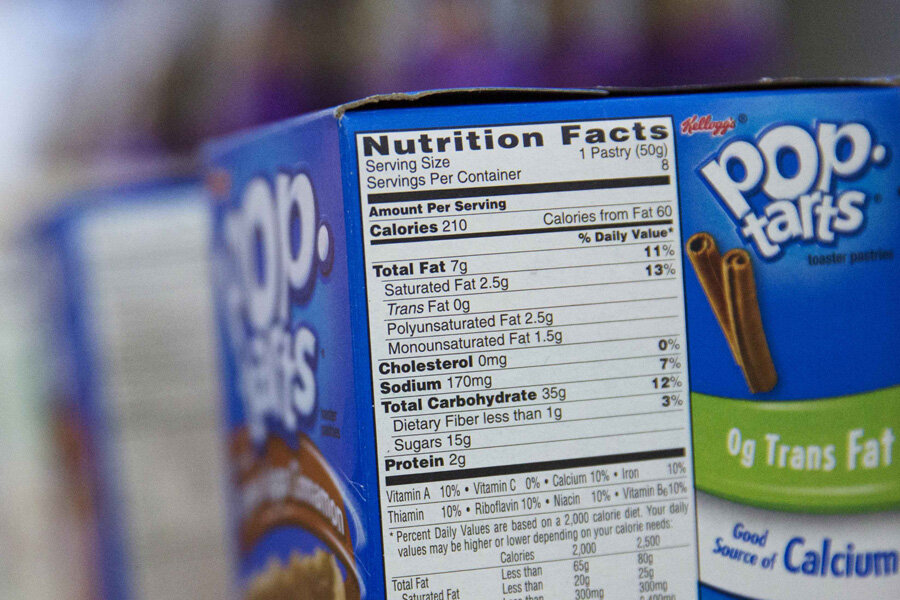






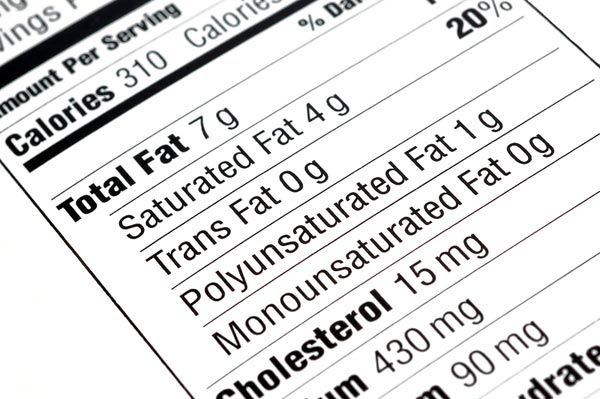

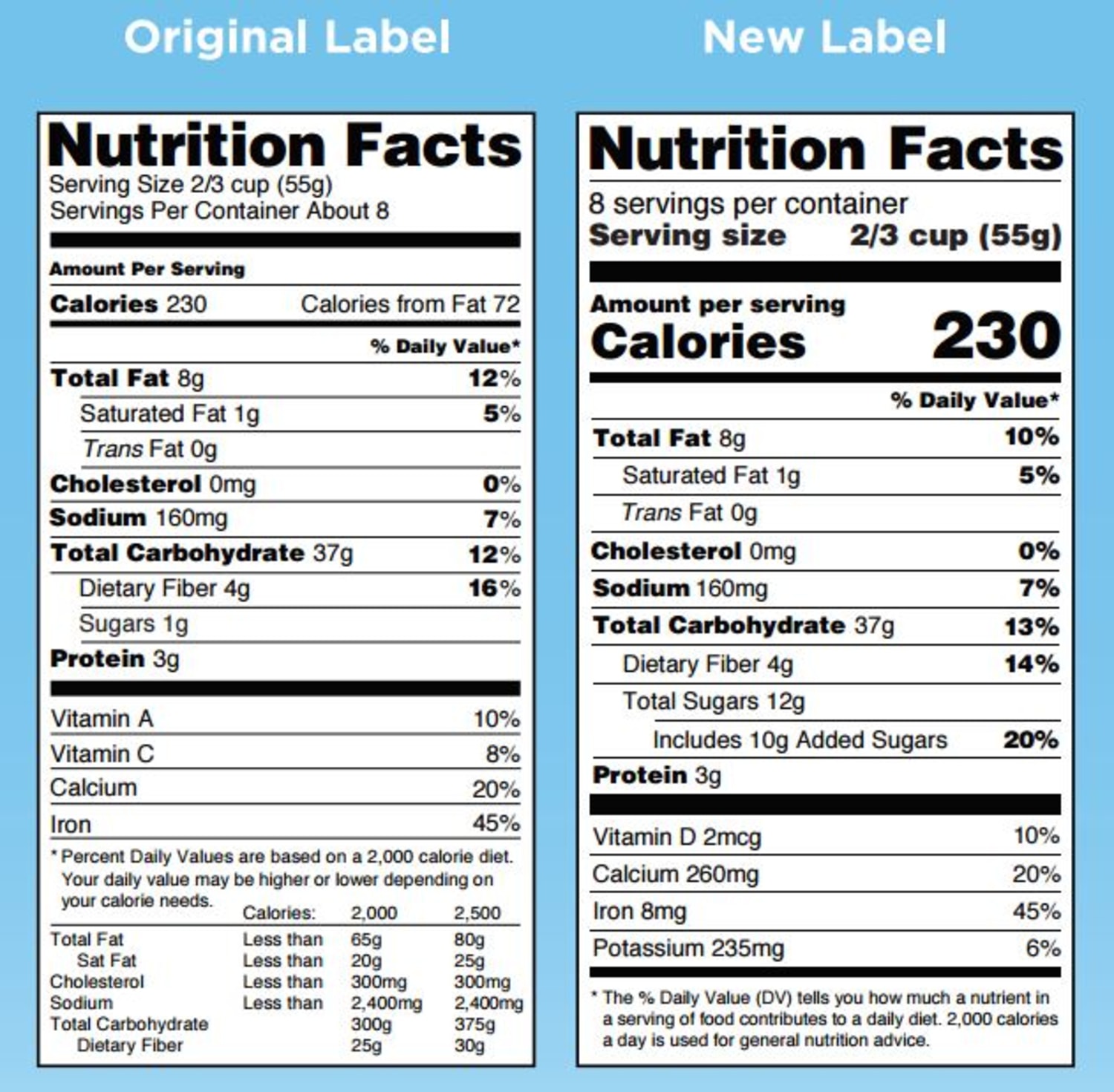



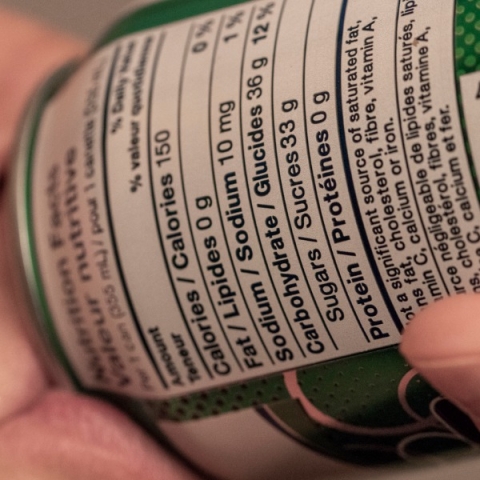


/111970629-56aa04f65f9b58b7d0007fca.jpg)
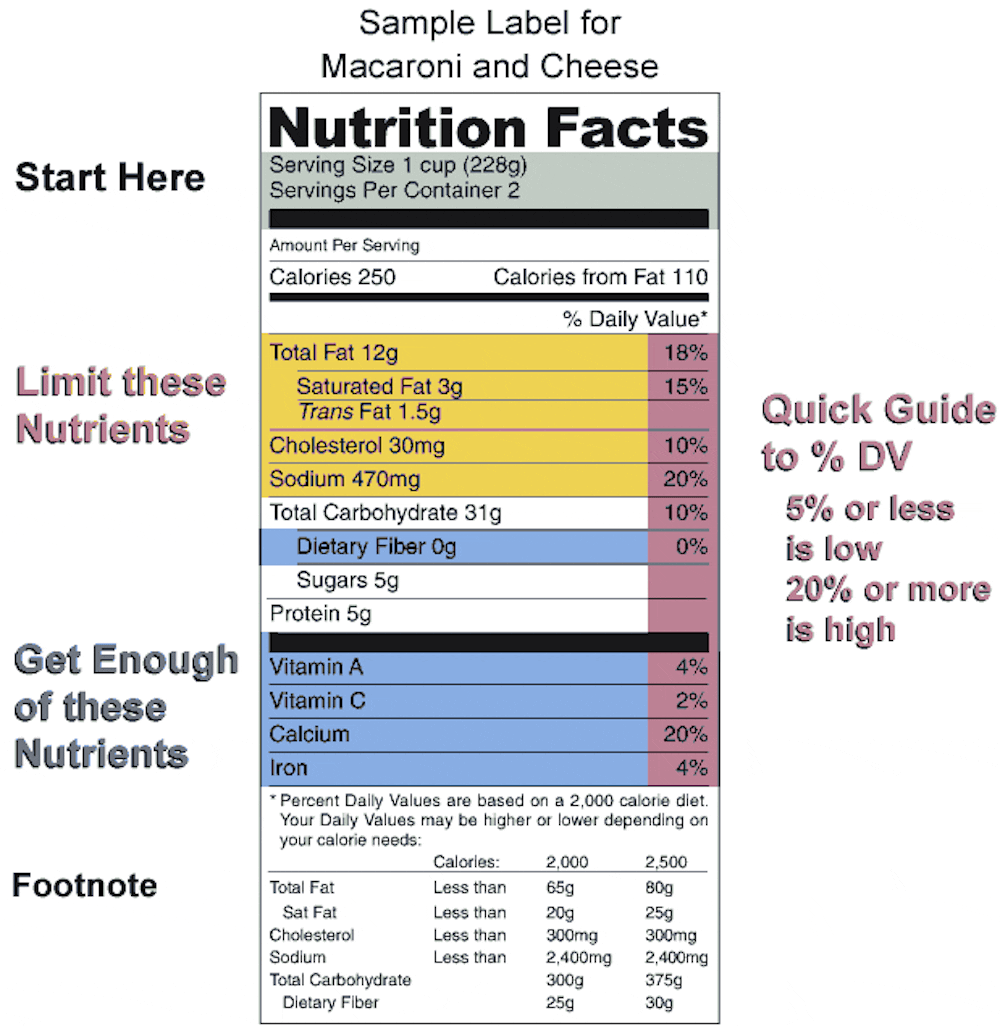
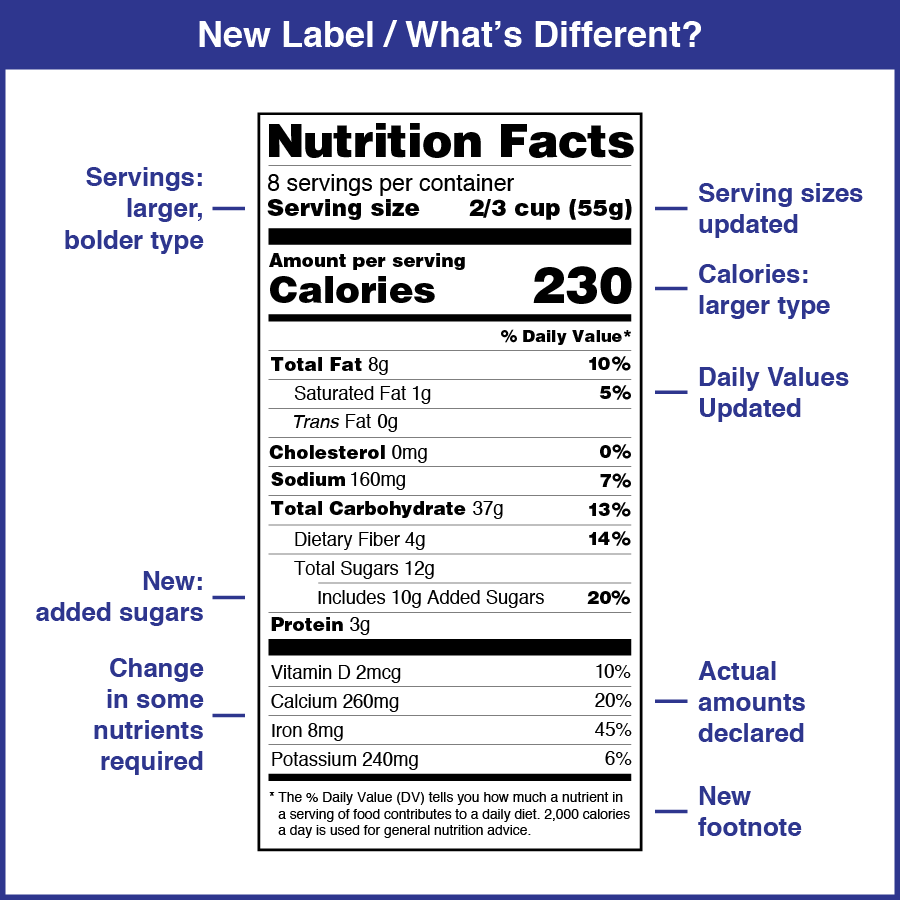
:max_bytes(150000):strip_icc()/Untitled-design-1--57535a9a5f9b5892e8c4a7b4.jpg)

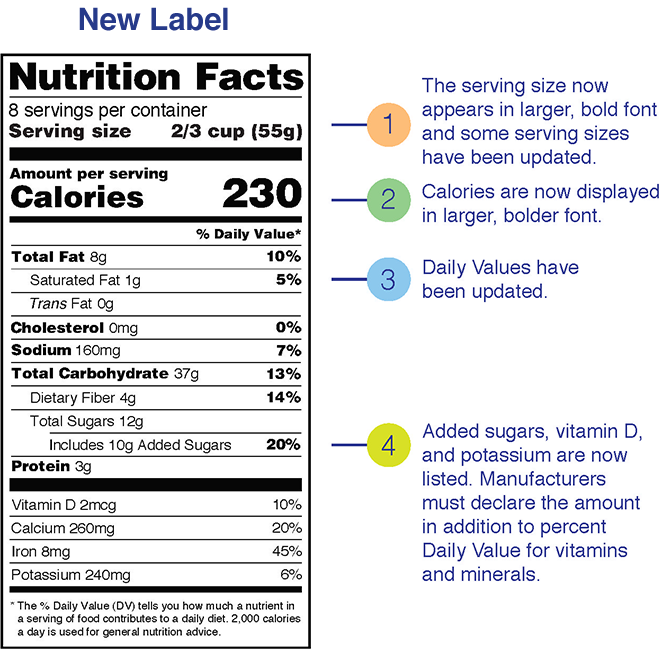
Post a Comment for "41 the truth behind calorie labels"